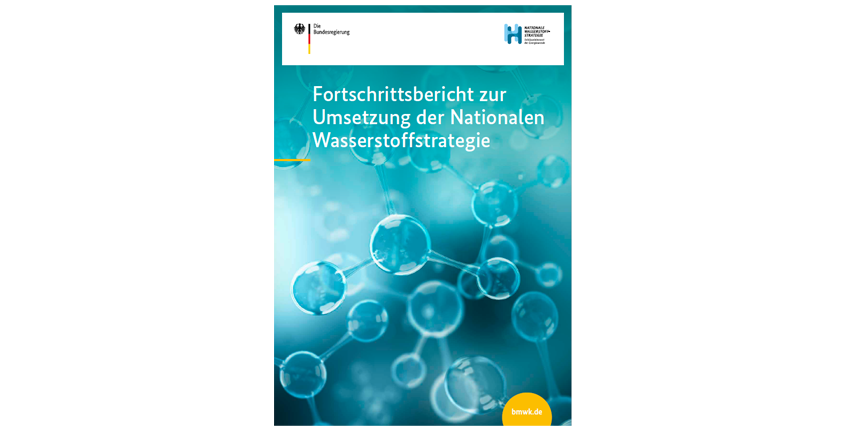With the National Hydrogen Strategy (NHS) of June 2020, the German government has created a consistent framework for action and planning for the ramp-up of the hydrogen economy. The federal government has now presented a first progress report outlining the implementation status of the measures. The report covers the period from the publication of the National Hydrogen Strategy until the end of 2021.
The report outlines the main milestones that have been reached by the federal government since the adoption of the strategy. These include:
- More than 2 GW of electrolysis capacity and 1700 kilometres of hydrogen pipeline network were launched with the 62 German IPCEI hydrogen projects.
- With the amendment of the Energy Industry Act (EnWG) and the associated Hydrogen Network Charges Ordinance, the first regulatory framework conditions were enacted.
- Decarbonisation in transport and industry has been stimulated by the Act on the Further Development of the Greenhouse Gas Reduction Quota (Gesetz zur Weiterentwicklung der Treibhausgasminderungsquote) and a reduction in the quota to 25 percent by 2030.
At the same time, the report shows what further tasks the German government has set itself for the successful ramp-up of a hydrogen economy.
In the coalition agreement, the coalition partners agreed on an “ambitious update” of the National Hydrogen Strategy, for which this report provides a good basis.
Download the NHS progress report (in German): “Fortschrittsbericht der NWS” (PDF)


